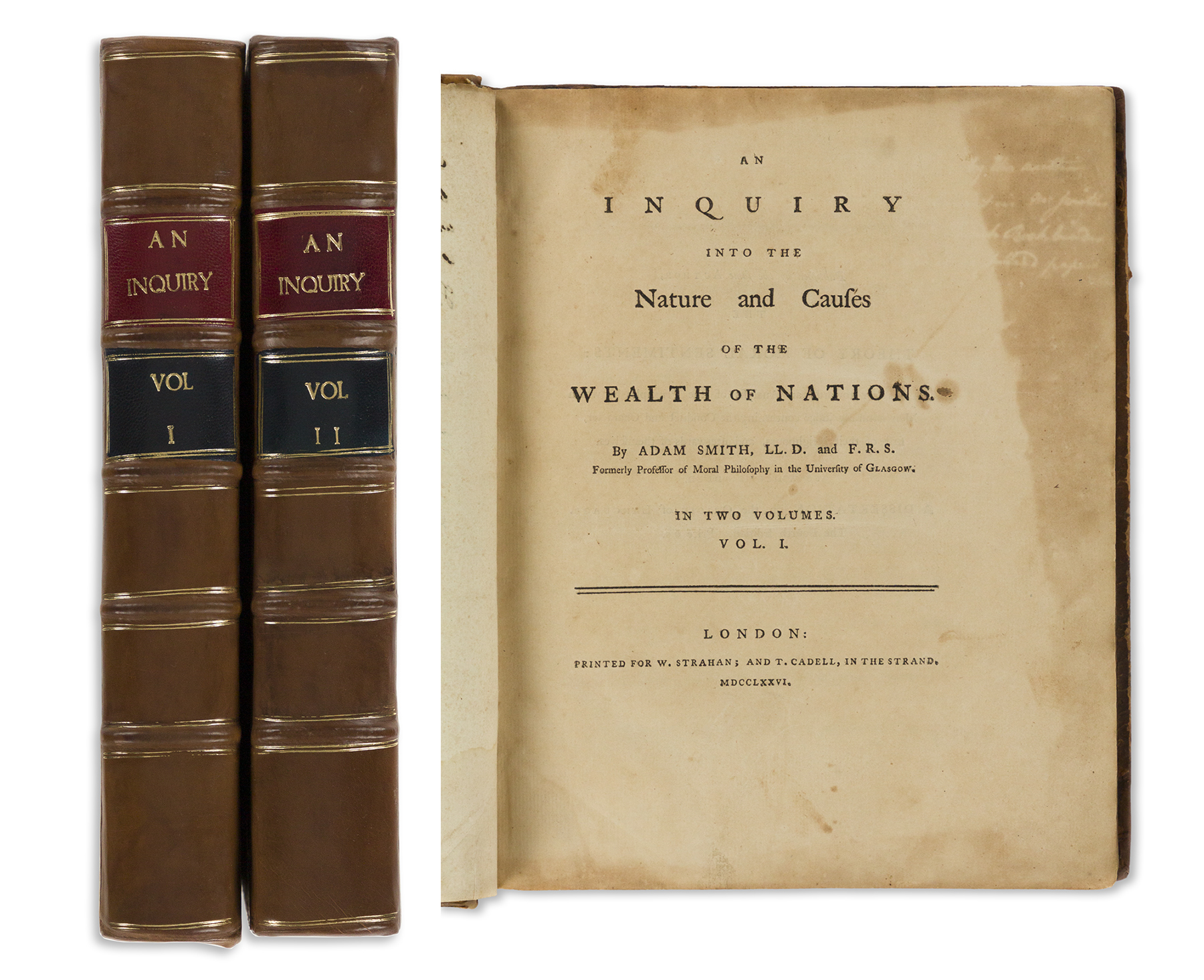“The Wealth of Nations” is a seminal work in classical economics written by the Scottish economist and philosopher Adam Smith. It was first published in 1776. However, if you are referring to the year 1791 in relation to “The Wealth of Nations,” it may be useful to understand the context and influence of Smith’s work during that period. Here are some key points:
- Publication and Editions: “An Inquiry into the Nature and Causes of the Wealth of Nations” was first published in 1776. By 1791, the book had already gone through several editions and had begun to influence economic thought significantly.
- Influence on Economic Policy: By 1791, Adam Smith’s ideas had started to permeate economic policy and thought in various countries, particularly in Britain and the newly formed United States. His advocacy for free markets, competition, and the division of labor was gradually being adopted in economic policies.
- Division of Labor: One of the core concepts of “The Wealth of Nations” is the division of labor, which Smith argued was a key factor in improving productivity and efficiency. By 1791, industrialization was beginning to take hold, and the division of labor was becoming more pronounced in manufacturing processes.
- Invisible Hand: Smith introduced the idea of the “invisible hand,” suggesting that individuals’ pursuit of self-interest unintentionally benefits society as a whole through the efficient allocation of resources. This concept was becoming more recognized and debated by economists and policymakers.
- Impact on the United States: In 1791, the United States was in its early years of independence. Alexander Hamilton, the first Secretary of the Treasury, was influenced by Smith’s work when drafting his “Report on Manufactures,” which aimed to encourage manufacturing in the U.S. while also protecting nascent industries.
- Economic Liberalism: Smith’s work laid the foundation for economic liberalism, advocating for minimal government intervention in markets. By 1791, these ideas were gaining traction, challenging the mercantilist policies that had dominated European economic thought.
- Critique of Mercantilism: “The Wealth of Nations” critiqued mercantilism, the dominant economic theory of the time, which emphasized accumulating wealth through trade surpluses and state intervention. Smith’s arguments against mercantilism were being discussed and had started to influence a shift towards more free-market-oriented policies.
- Impact on European Economies: European countries, particularly Britain, were starting to see the benefits of free trade and market liberalization, influenced by Smith’s arguments. However, the full implementation of these ideas would take many more years.
- Intellectual Circles: By 1791, “The Wealth of Nations” was well-regarded in intellectual circles and among enlightened thinkers. It was being read and discussed widely, influencing other economists, philosophers, and political leaders.
- Translations and Dissemination: Smith’s work had been translated into several languages by 1791, spreading his ideas beyond the English-speaking world and contributing to the global discourse on economics and trade.
In summary, by 1791, “The Wealth of Nations” was firmly established as a foundational text in economics, influencing policies and thought in both Europe and the United States. Its concepts of free markets, the division of labor, and the critique of mercantilism were starting to shape the economic landscape of the late 18th century.
